5-Weeks-Old Baby
የ5-ሳምንት ልጅ
Was that gas — or baby's first real smile?
Here's what your 5-week-old infant is up to.
ዋና ርዕሶች
ዋና ነጥቦች
Your baby has passed the 1-month mark — hooray! — and is steadily progressing from helpless newborn to interactive (and active!), smiling, babbling baby. There’s so much fun in store!
Meanwhile, you’re steadily progressing from rookie parent to (almost) parenting pro. And as your baby grows and you both get to know each other better, you’re likely starting to settle into more of a rhythm. That will give way to a more reliable routine over the next couple of months.
Here’s what’s going on with your baby this week.
Your 5-week-old baby's development
Week 5
Baby’s Development

Though your baby is still trying to tell you what’s going on by crying, she’s also learning to communicate in other ways. Those adorable grunts, gurgles and coos are baby’s way of experimenting with that tiny mouth, tongue and throat, and discovering which combination of actions makes what sounds.
The best way to encourage more communication from your sweet talker is to keep the conversation going. So go ahead and coo and gurgle right back!
Matching coo-for-coo will be extraordinarily satisfying for your cutie, and will coax your baby into continuing those verbal explorations that will eventually lead to the first meaningful “Mama” or “Dada.”
And while speaking your baby’s language is important, equally important is speaking your language. Babies learn by imitation, so be sure to talk up a storm while you’re changing diapers (“What cute little toes!”), while you’re out on a walk (“It’s such a sunny day”), and while you’re shopping (“This red tomato looks so yummy!”).
Of course, your baby has no idea what you’re saying — yet. But she’s soaking up every syllable that’s spoken, and hearing you talk is the best way to help your little one’s speech develop.
Is your little one not “saying much” yet? Not to worry. Some babies take their good ol’ time in the words department, and that’s perfectly normal too. She’ll start baby-talking over the next few months. As always, check in with your pediatrician if you’re concerned.
At a Glance

Sleeping basics
Newborns up to 3 or 4 months old need 14 to 17 hours of sleep in a 24-hour period, usually waking every two to four hours to eat.

Feeding basics
Breastfed babies should eat as much as they want at this age, but a general rule of thumb is roughly 16 to 24 ounces of breast milk or formula in 24 hours.

Did you know?
When babies imitate the facial expressions of their caregivers, it triggers the emotion in them too.
Your 5-week-old baby's growth

Your baby is growing by leaps and bounds … or more accurately, by ounces.
The average 5-week-old baby will weigh somewhere in the 9-pound range — but remember that range is wide. So whether your baby is in the 10th percentile or the 90th percentile, she’ll be smaller or bigger than the average.
Be sure to track your little one’s growth on its own rather than measuring it against that of other babies. If your doctor is happy with your baby’s weight gain, you should be too.
Your 5-week-old baby's health

Is it thrush?
In babies, thrush is a type of yeast infection that appears as white or yellow patches or sores in your baby’s mouth, often on the gums, tongue, roof of the mouth and insides of the cheeks.

Dry skin
Almost everyone has the occasional bout of dry skin, but babies’ skin can be especially susceptible, especially in the colder months. Dry spots can appear as rough, flaky skin and tend to crop up on the hands, feet, face and lips.
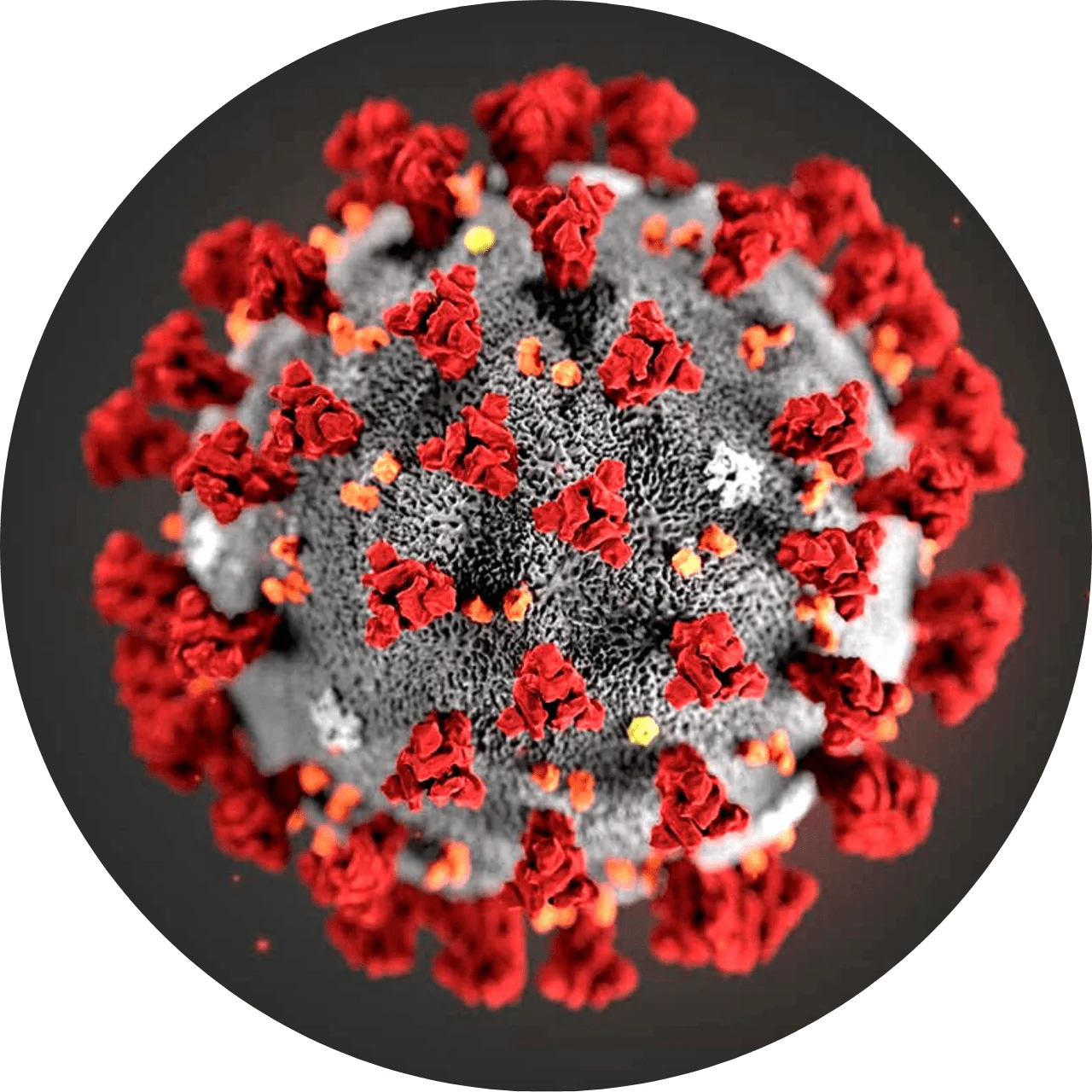
Coldy cutie
Babies pick up plenty of colds in their first few years of life, and fortunately, most of them are mild. Common symptoms to look out for: runny or stuffy noses, coughing, sneezing, fatigue and fever. Cold symptoms in babies can also be similar to those of COVID-19, so check in with your pediatrician to see if your child should get tested.

How to spot colic
All babies cry — but about 1 in 5 infants cry for no reason, and for hours at a time. Colic is diagnosed as crying that lasts at least three hours a day, three days a week, for at least three weeks in a row. The good news: It should taper off by around week 12.

Diarrhea in babies
Runny poop can be caused by lots of things, including viral and bacterial infections, antibiotics use and food sensitivities. Diarrhea usually clears up on its own in a few days, but it’s important to keep your little one hydrated in the meantime.
Postpartum & new baby tips
By 5 weeks of age, when the corners of your baby’s mouth curl up, you can safely attribute it to an actual social smile — unless, of course, you happen to detect that telltale odor that means it’s time for another diaper change.
And who better to practice those first smiles on than Mom and Dad?
So keep talking and singing to your baby — plus give your happy little cutie some smiles of your own — and that precious baby grin will keep your heart melting.
Something else your 5-week-old baby will smile about around now: music — whether it’s you singing your way through a feeding or the radio humming in the background.
Your baby’s acutely aware of other sounds too, like bells, barking dogs, running water and whistles. She may kick with pleasure at these sounds, cry out or quiet down to get a better listen (a lot depends on whether they’re sounds that became familiar in utero).
Just be sure to note which sounds calm down your baby best so you can recreate them when you need to most!
First things first: Stock up on staples. Fill your pantry and fridge with go-to basics like low-sodium chicken broth, whole grain bread and bread crumbs, olive oil, eggs, nuts and nut butters.
This way, your weekly grocery shopping trip will be easier to manage. Plus, knowing you’ve got key ingredients on hand before you start prepping a meal makes the process a whole lot easier.
Also, don’t be a slave to scheduling — let’s face it, as fun as Taco Tuesday sounds, things come up and you might decide at the last minute that you want nothing more than a bowl of cereal or PB and J.
Save one slot a week for a leftover potluck and give yourself some extra wiggle room to switch things up so dinnertime stays low-pressure … and maybe even fun.
When an infant has a milk allergy, the baby’s immune system reacts negatively to the proteins in cow’s milk.
If the baby is breastfed, she’s reacting to the dairy her mother has eaten (the milk proteins pass through breast milk). If the baby is formula-fed, she’s reacting to the cow’s milk proteins in the formula.
In either case, the immune system sees the cow’s milk proteins as foreign substances, and in its efforts to fend off the invaders, the body releases histamine and other chemicals, which cause allergic symptoms in the body.
Symptoms of milk allergies in babies include: frequent spitting up, vomiting, signs of abdominal pain, diarrhea, blood in stool, lack of weight gain, hives, a scaly skin rash, coughing or wheezing, watery eyes and stuffy nose, trouble breathing or even anaphylaxis — a life-threatening allergic reaction and requires an immediate call to the doctor, 911 and/or a trip to the ER.
If your baby has symptoms of a milk allergy, see your pediatrician, who will likely perform a physical exam and an examination of your baby’s stool, discuss your family’s history of allergies, and maybe even perform a skin-prick test and refer you to an allergist for further testing.
If you thought you had until puberty set in to worry about blemishes tarnishing your sweetie’s skin, think again.
About 40 percent of babies develop infant acne, which commonly creeps up at 2 to 3 weeks of age and is usually gone before the 6-month mark.
Infant acne is caused by Mom’s hormones, which are still circulating in a baby’s bloodstream.
These pimples that pop up on your little one’s crystal-clear skin aren’t pretty, but the good news is they’re harmless and won’t leave permanent scars — just resist the impulse to squeeze them or apply creams.
The best solution is to keep the area clean (with water only) and let the pimples vanish on their own (which they will — and soon, too).
Even if you didn’t gain much excess weight during your pregnancy, and even if you shed most of your post-pregnancy pounds in the hospital, your post-baby bump will likely stick out for at least a few months or more after birth.
And that’s okay — after all, your skin is elastic, but it’s not spandex, and your uterus just stretched from the size of a pear to that of a watermelon. So it’s going to take a while to get back to stone-fruit size.
In fact, for the first few days after childbirth, you’re likely to feel abdominal cramping. That’s your uterus contracting as it starts to shrink. Plus, your abdominal muscles distended to make room for the baby.
Just remember, hold off on the crunches until you get the go-ahead from your doctor, especially if you’ve had a C-section.
Strawberry hemangiomas, also known as infantile hemangiomas, are soft, raised berry-like birth marks that often appear on your baby’s scalp, face, chest or back. They can grow quickly at first, but tend to stop by the time your little one is a few months old.
Strawberry hemangiomas are common in infants and usually fade away starting around baby’s first birthday, often disappearing completely between the ages of 4 and 5 years old, if not sooner. Sometimes scar tissue remains, however.
These birth marks form when a group of tiny, immature blood vessels cluster together. The best approach can be to see if the hemangioma will disappear on its own.
If not, talk to your pediatrician to find out which treatment option is best for your baby. If the hemangioma grows very large or is near or on baby’s eyes, nose or mouth (which can make seeing, breathing and eating difficult), the pediatrician will refer you to a specialist to discuss treatment options.
For infants, the doctor will usually prescribe oral or topical medications and/or injections before considering surgery or laser treatments.
If you’re breastfeeding, you may have heard that nursing can serve as a form of birth control — and while that’s not entirely untrue, it’s not the whole story either.
Breastfeeding offers some protection — to a point. Exclusive breastfeeding, which consists of nursing at least every four hours during the daytime and at least every six hours at night, for the first six months postpartum and before the return of your period, is referred to as Lactational Amenorrhea (LAM). It is considered a form of birth control so long as all the criteria are met.
Breastfeeding outside of those criteria, however, especially when you’re supplementing with formula or solids and your period has yet to return, doesn’t offer the same contraceptive protection.
For this reason, your OB/GYN will likely suggest that you switch to another kind of birth control if you’re not actively trying to get pregnant (which your doctor should advise against until your baby is at least 12 to 18 months old).
መግዛት ያለባቹ ነገሮች
-
 Reverse Withdrawal Payment">
Reverse Withdrawal Payment">
-
 Onesies">
Onesies">
-
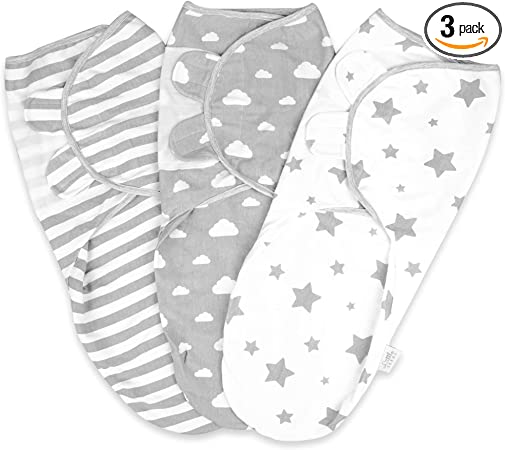 Swaddle">
Swaddle">
-
 Baby bottle">
Baby bottle">
-
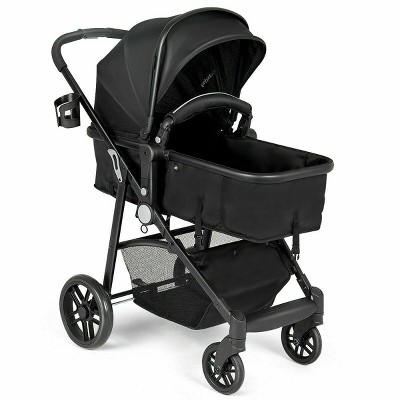 Stroller">
Stroller">
-
 Voyage Yoga Bag">
Voyage Yoga Bag">
-
 Impulse Duffle">
Impulse Duffle">
-
 Fusion Backpack">
Fusion Backpack">
-
 Rival Field Messenger">
Rival Field Messenger">
-
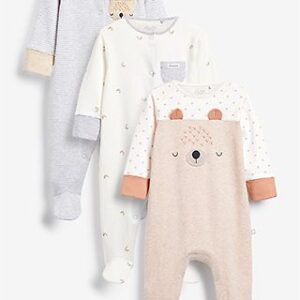
Onesies
Br50.00Add to WishlistAdd to cartAdd to Wishlist -
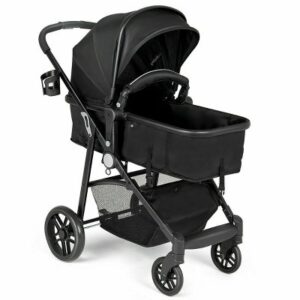
Stroller
Br32.00Add to WishlistAdd to cartAdd to Wishlist -
Sale!

Baby bottle
Br25.00 – Br30.00Add to WishlistSelect options This product has multiple variants. The options may be chosen on the product pageAdd to Wishlist



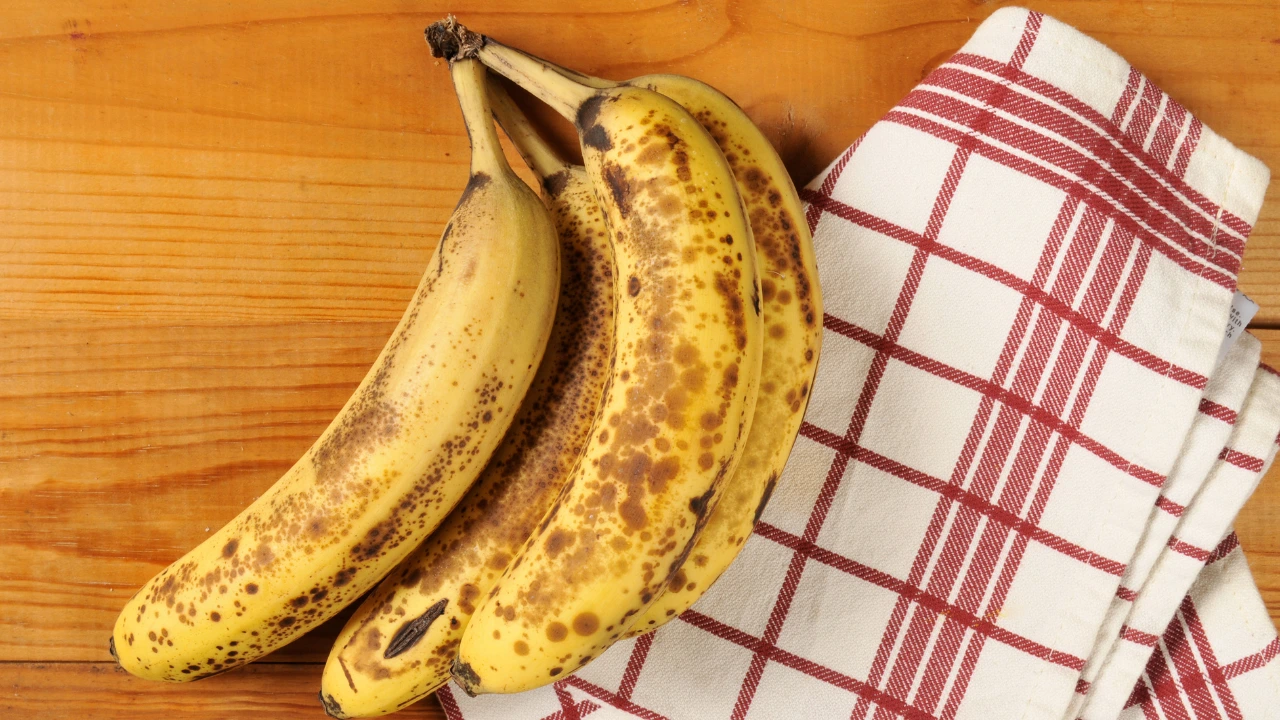
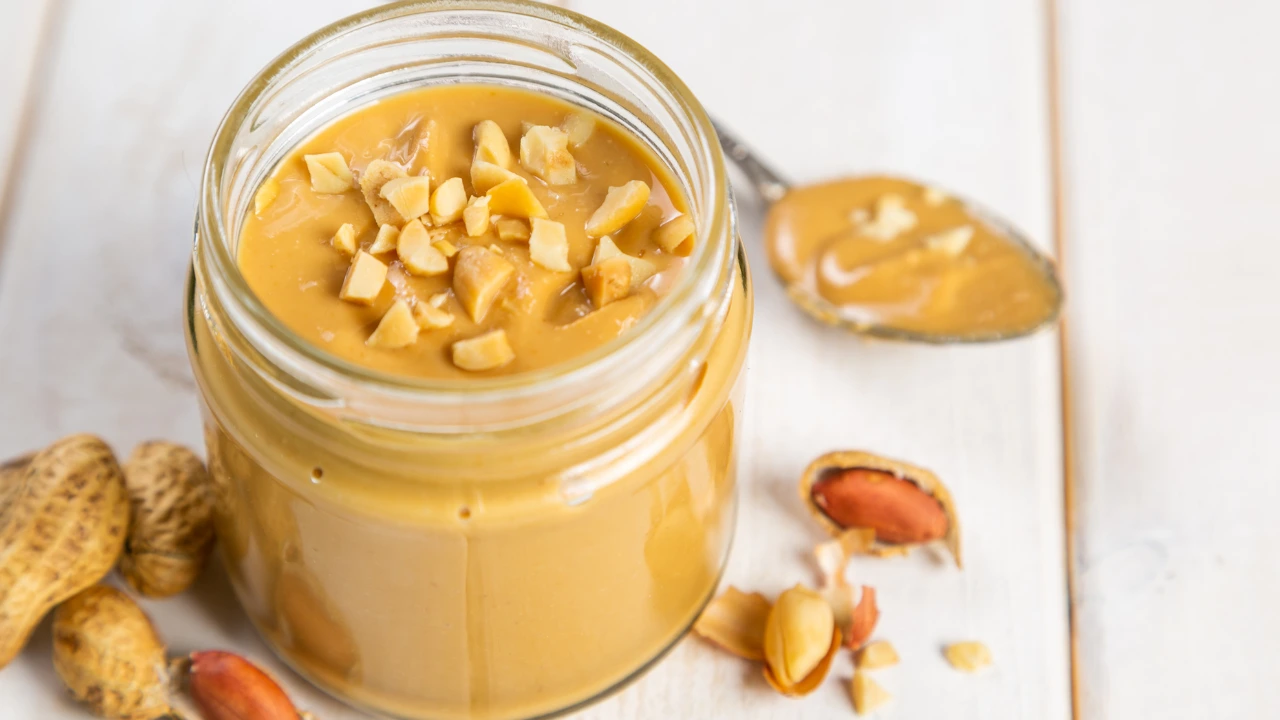

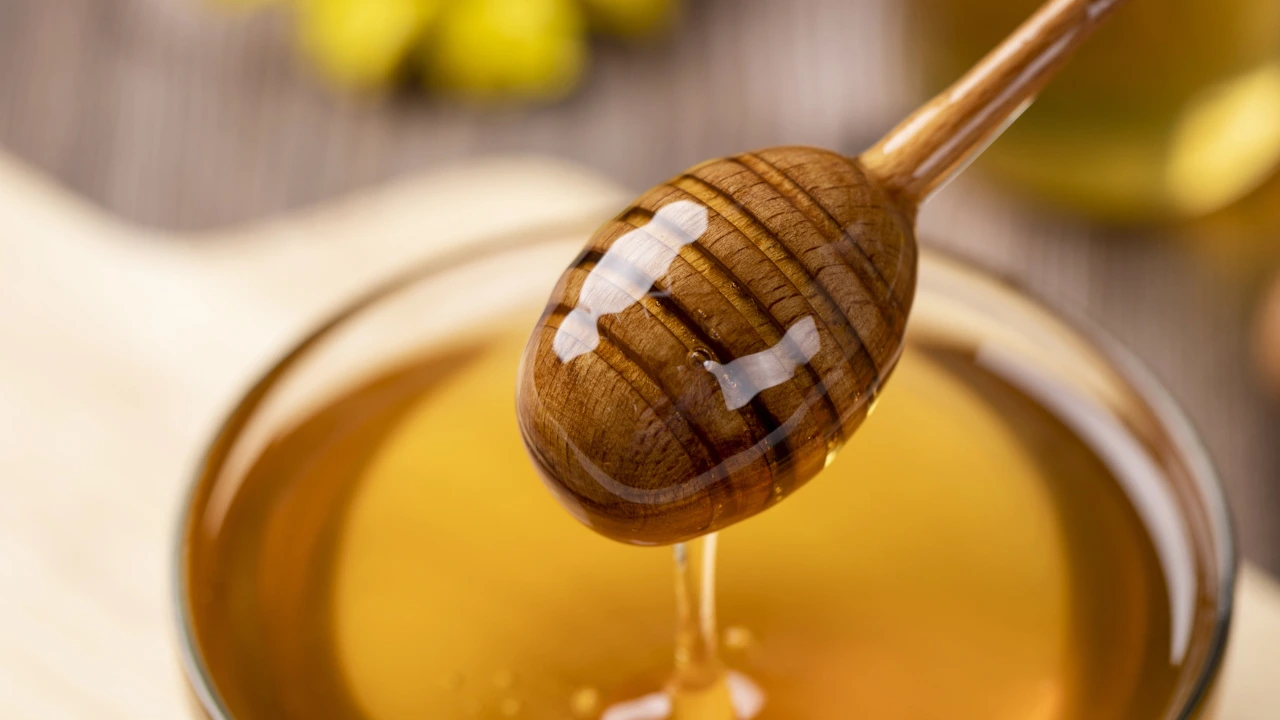
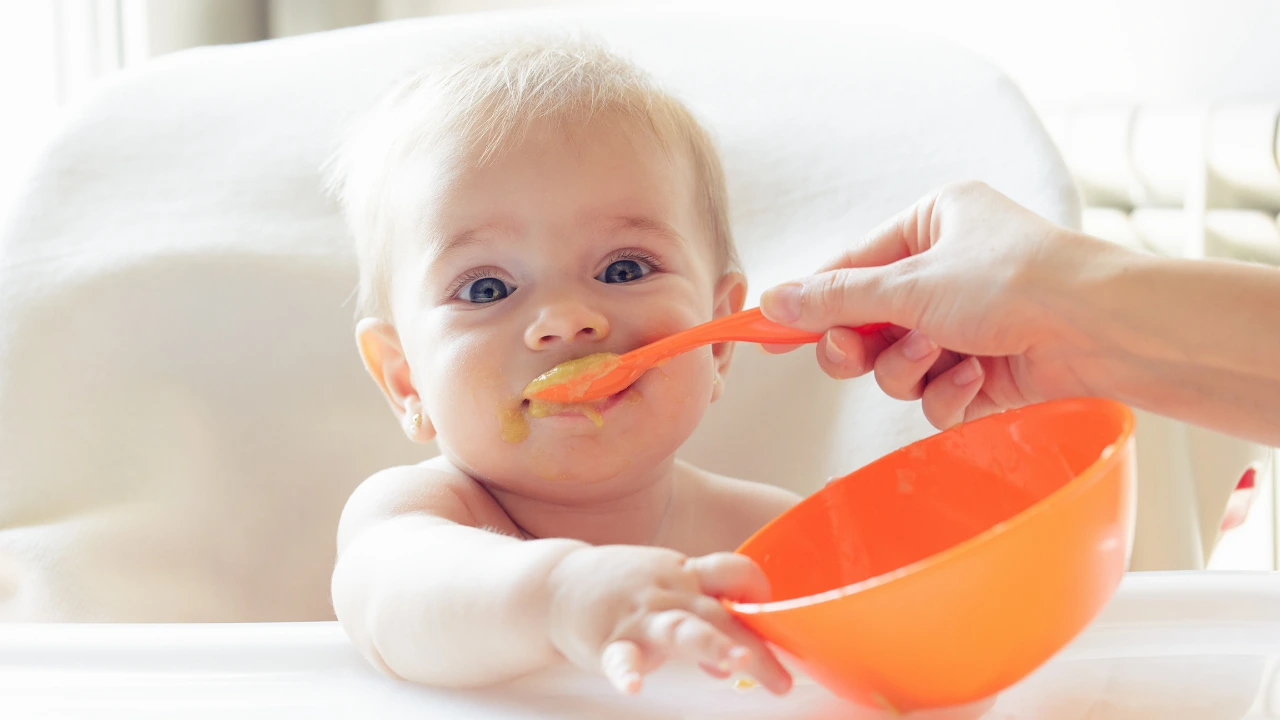




Add a Comment